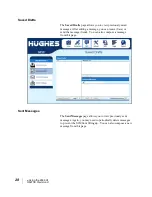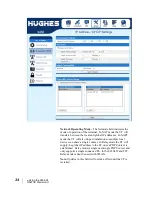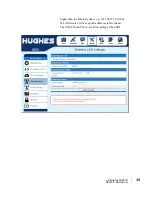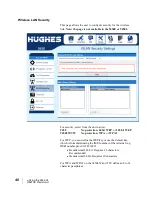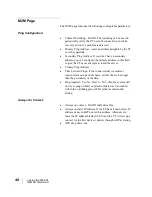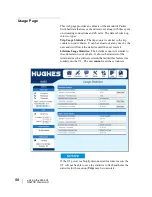
•
Using the Web UI
H64159 Revision A
35
Nat Mode
In
NAT mode
once a PDP context is active, the UT will
translate between the local and global IP addresses. This is a
basic NAT that only performs IP address translation. It does not
use port translation.
NAPT Mode
In
NAPT mode
multiple devices share a single PDP context.
The port translating NAT modifies both IP addresses and port
numbers so multiple devices can share the single global IP
address assigned to the PDP context.
In NAPT mode, only a single context is supported. By default,
the Always On Context is activated on the M2M page. The ACA
page is removed. A Port Forwarding page is added under
Settings and can be used to configure the DMZ and Port
Forwarding.
NAPT is the default mode of operation in 6.7.1.0 and above.
This was chosen as it simplifies operation of the terminal,
especially for WLAN clients.
Relay Mode
In
Relay mode
the UT will supply the global IP address to the
TE when the context is established. Relay mode is single user
and only supports a single connected TE.
In Relay mode DHCP is required to provide the global IP
address to the TE. When the context is activated, the DHCP
server in the UT will NACK the next DHCP lease renewal from
the TE and assign the global IP address assigned by the network.
The local IP connection will be torn down and reestablished as
the IP address changes. Similarly, when the context is
deactivated the DHCP server will NACK the lease renewal and
then reassigns the original private IP address.
LaunchPad and the Web UI will lose and reestablish their
connections to the terminal as the IP address is changed.
To make the IP address change happen quickly a short DHCP
lease should be used. The terminal defaults the DHCP lease time
to 60 seconds in idle and connected mode.
Relay mode only supports a single user TE.
WLAN is not supported in Relay mode with the 9450LW or
TW.








